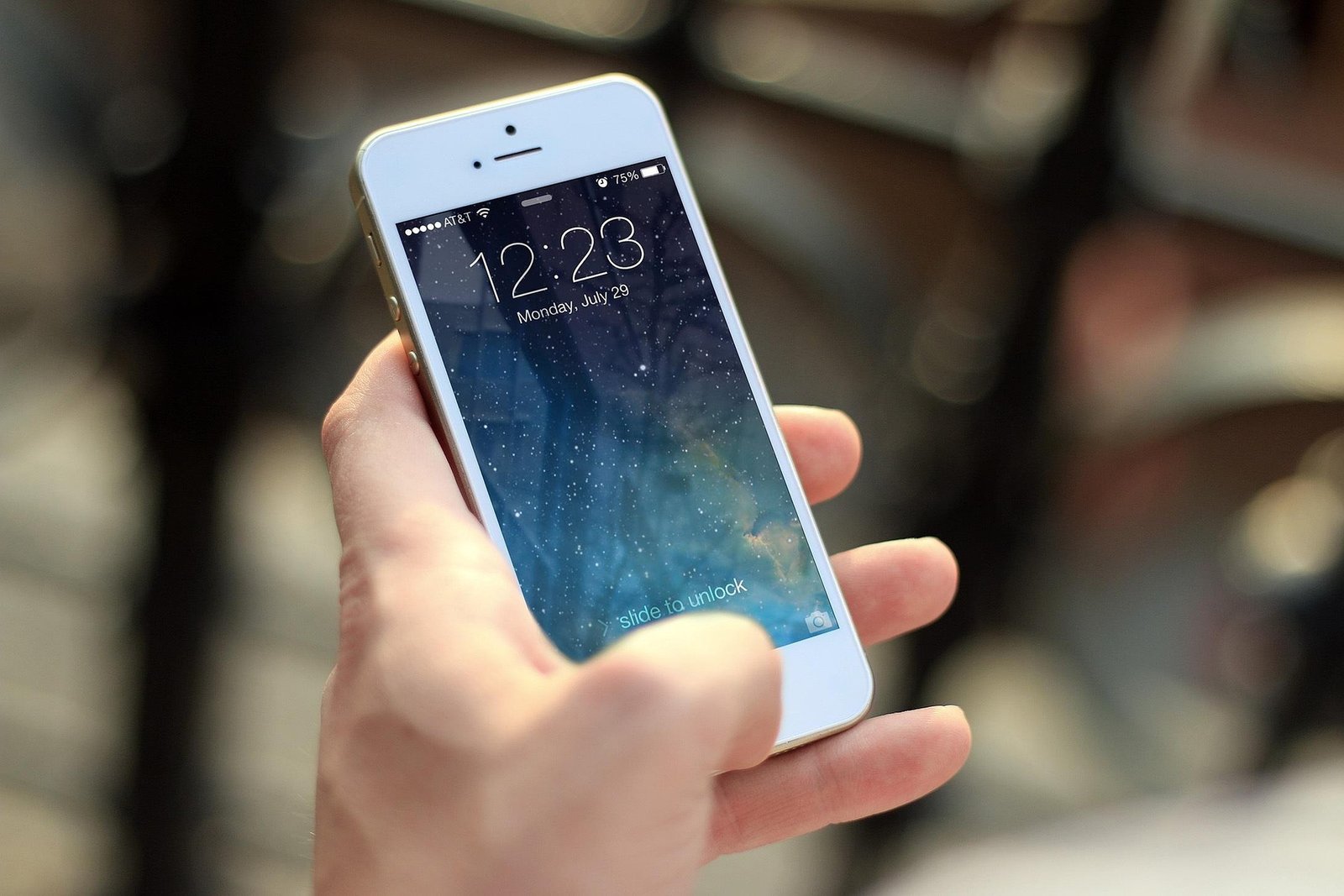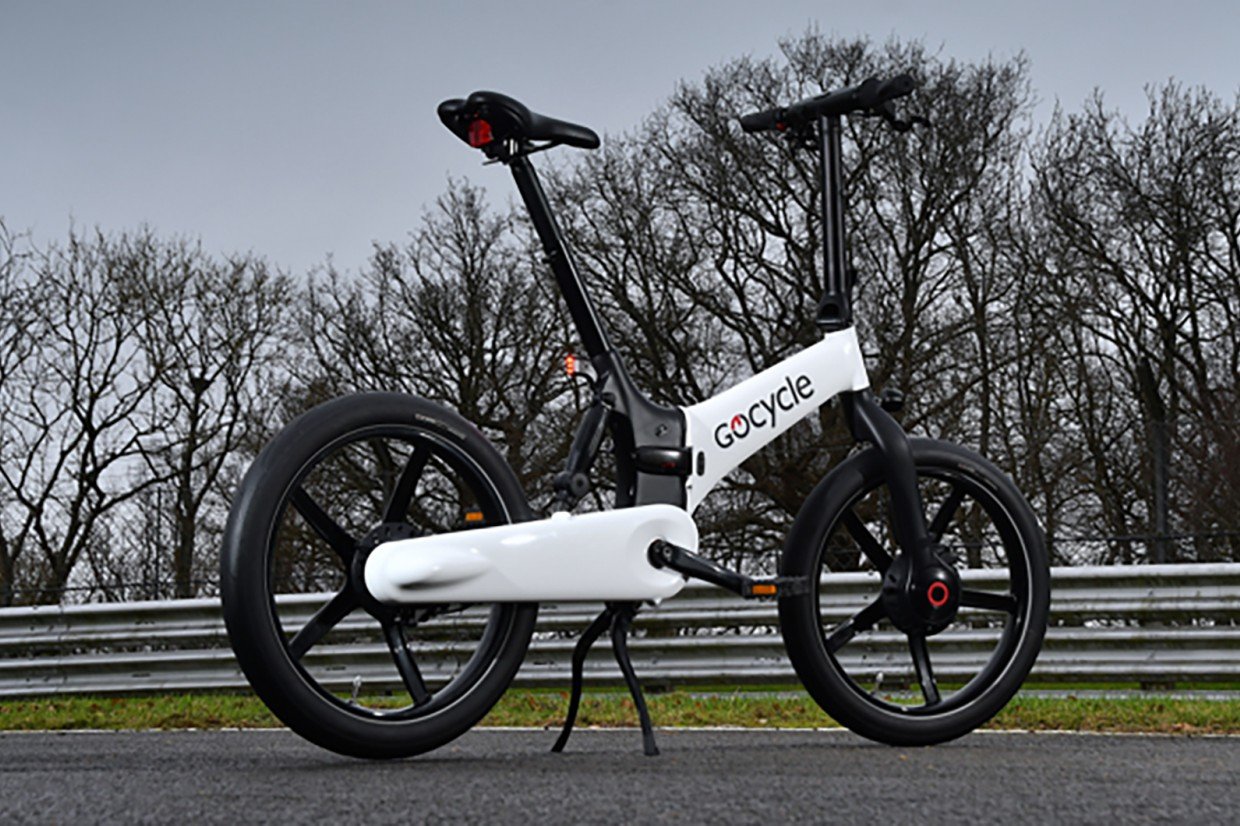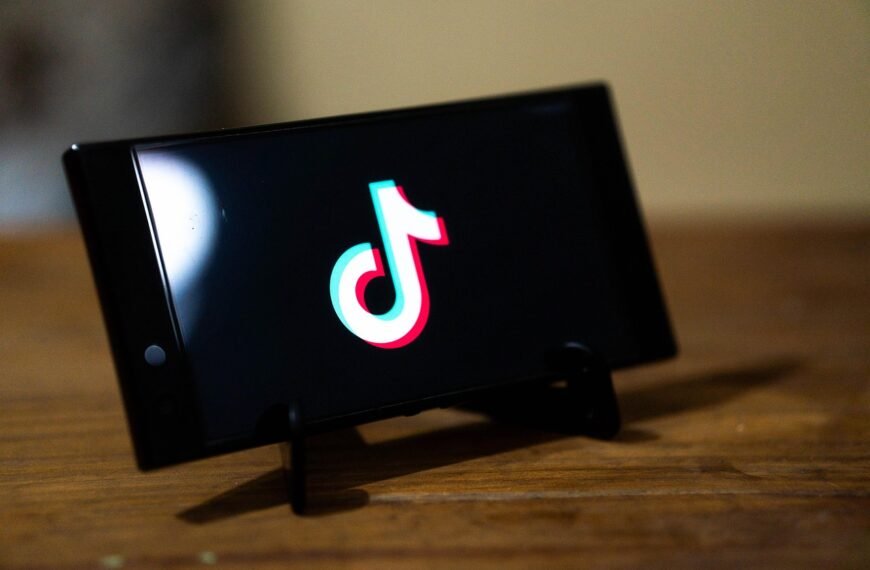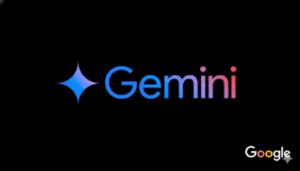Apple has introduced a new event planning app, Apple Invites, designed to make creating and managing invitations effortless. With this app, users can quickly generate digital invites, share event details, and track RSVPs. Even Android users can access event information through a web-based version via iCloud.
The app simplifies event organization compared to traditional text messages or Facebook events. Users can create an event by adding essential details like time, date, and location, along with a customized background. If your iPhone supports Apple Intelligence, you can even generate AI-powered images using Image Playground for a more personalized touch.
Inviting people is seamless—you can choose contacts, enter phone numbers or emails manually, or share a direct link. The app also allows you to control who can invite others and send follow-up messages to guests. Once an invite is sent, attendees can access useful widgets, including a weather forecast, Apple Maps integration, and even a shared photo album or Apple Music playlist.
While Apple Invites works smoothly for iPhone users, the experience is a bit limited for those outside the Apple ecosystem. Unlike iPhone users who can open invites instantly, Android users must enter their email and verify a code. To view shared photo albums, they’ll need an Apple ID, and listening to event playlists requires an Apple Music subscription—otherwise, they’ll only hear a preview.
Compared to Partiful, a rising event invite app known for its fun RSVP features like GIFs and emojis, Apple Invites feels exclusive. Partiful is completely free and works across all platforms, whereas Apple’s app requires an iCloud Plus subscription to create events. This makes it appealing for existing Apple users but unlikely to attract new subscribers.
Despite some early bugs and copycat accusations, Apple Invites is a promising tool for those fully immersed in Apple’s ecosystem. It offers a cleaner, more streamlined alternative to third-party apps, emails, and social media events. However, its limited experience for non-Apple users raises questions about inclusivity. While Apple markets the app as a way to “bring people together for special moments,” it may not feel as seamless for Android users.






















